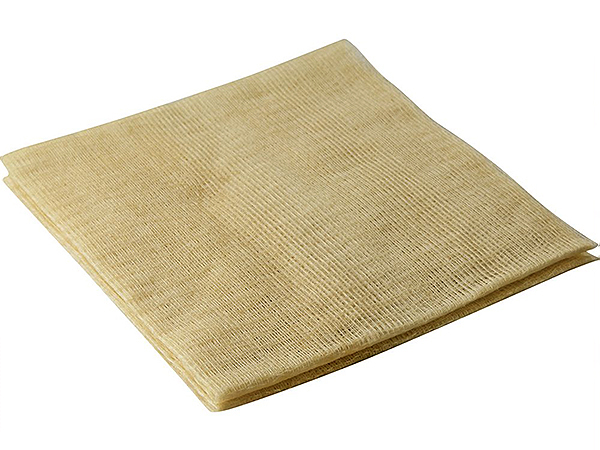
When is it not appropriate to use a tack cloth in the finishing process? When is it detrimental to the next layer of finish? – R. Jones
Tim Inman: This will seem like one of my smarty-pants answers, but I don’t mean it to be that way. The appropriate time to use a tack cloth is when you have made that tack cloth yourself! Commercially available tack cloths are almost always made from sticky waxes embedded in cheesecloth. When you use these, you often end up smearing some of the wax onto the surface of your project. The result can be finishing problems when recoating. Over my years consulting with professional furniture restorers, I fielded many finish fault questions that eventually tracked back to waxy tack cloths. So I’m biased against them. Traditionally, homemade tack cloths were made by adding a little varnish to some solvent, then soaking a rag or cloth in it. This is fine when it’s like-varnish-over-like-varnish. But almost nobody will take the time and risk (fire risk from the leftover rags self combusting) to do it themselves. The goal of using a tack cloth is to remove all the dust and “no-see-‘ums” from the surface immediately before recoating. We have better ways now. Today, vacuums, soft brushes or lightly solvent-dampened cloths can work just as well. The old-timers used the best materials and methods they had available to them at the time. Times have changed. Be like the old-timers: use the best materials and methods available to you now.
Chris Marshall: Loose dust nibs and so forth are pretty easy to vacuum up after sanding, if done carefully with a quality shop vacuum outfitted with a fine filter. And, even if a few undesirables end up in the finish, I sand between coats anyway to remove them, then vacuum again. So, I don’t actually ever use tack cloths — I just vacuum thoroughly with a brush attachment (and a crevice tool when needed and proceed to finishing. I also never blow the debris off. That just floats it into the air — and you know what’s bound to happen then: what goes up, must come down … right into the fresh finish.





